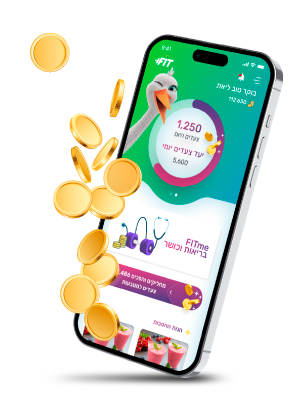IVF is one of the main methods used to help women and couples who are trying to conceive but are facing difficulties. Whether due to a diagnosed medical condition, advanced age, or unexplained infertility, IVF can help bypass physical limitations by allowing fertilization to occur outside the body.
Beyond the medical technology, it’s important to remember that this is also an emotional and challenging journey that requires patience, understanding, and sometimes several attempts.
Here is a step-by-step explanation of the process:
Step 1: Ovarian Stimulation and Egg Retrieval
Naturally, a woman typically ovulates once a month, releasing a single egg. During IVF, the goal is to “increase the chances” by stimulating the ovaries to produce multiple eggs at once.
To achieve this, the patient receives:
- Hormonal injections for about two weeks to stimulate the growth of follicles (tiny sacs in the ovaries that contain eggs).
- Frequent monitoring, including transvaginal ultrasounds (to measure follicle size and count) and blood tests (to assess hormone levels).
- When the follicles are mature, an ovulation trigger injection is administered to finalize egg maturation in preparation for retrieval.
- About 34–36 hours later, egg retrieval takes place – a short procedure performed in an operating room under sedation. It takes around 10 minutes, followed by two hours of rest.
In approximately 10% of cases, the body does not respond sufficiently to stimulation, and the cycle is canceled before retrieval. A new treatment plan is then designed.
Step 2: Fertilization in the Lab – Bringing Egg and Sperm Together
Once retrieved, the eggs are carefully placed in special culture dishes with a nutrient solution in the lab. At the same time, a sperm sample is provided – either from a partner or donor.
In many cases, the sperm and eggs are simply incubated together under ideal conditions, allowing fertilization to occur naturally within the first 24 hours.
If needed (e.g., when there is a sperm issue), an ICSI (Intracytoplasmic Sperm Injection) procedure is performed – directly injecting a single sperm cell into an egg.
The culture dishes are then kept in an incubator with strictly controlled temperature, humidity, and gas composition for 2 to 5 days, while the development of the embryos is closely monitored.
Step 3: Embryo Transfer to the Uterus
After a few days, the resulting embryos are carefully evaluated. The highest-quality embryos are selected for transfer – typically one or two, to reduce the risk of multiple pregnancies.
- The embryo transfer is a short and painless procedure that does not require anesthesia:
- A thin catheter is used to place the embryos through the cervix directly into the uterus.
- It is recommended to rest and stay hydrated for the rest of the day.
Any additional viable embryos are frozen for future use – in case the current cycle is unsuccessful or if you wish to grow your family later on.
After the Transfer: Waiting and Monitoring
The days following embryo transfer are filled with hope, but also uncertainty. During this time:
- You should continue taking hormonal medication as prescribed to support implantation.
- About 10 to 14 days after the transfer, a blood test (HCG) will be performed to determine whether pregnancy has occurred.











